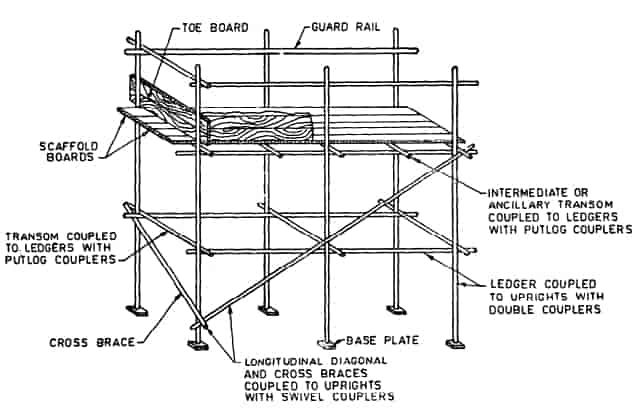Cranes for construction companies play a vital role in the construction industry. Demolition is made effortless and large erection projects are safer – not to mention the ease of handling extremely heavy and bulky construction materials.
The benefits are many, but to minimize the risk of injury, regular inspection and maintenance along with precautions during crane set-up and as operations proceed should always adhere to OSHA safety regulations for crane operation.
Crane operations should always be conducted by qualified persons, and all crane controls should be inspected before any lifting operations begin. This is not only an OSHA requirement, it is also protection from liability should an accident occur.
Accessing a construction site
Construction sites have inherent dangers, but the fact is that most crane incidents such as a boom meeting power lines, dropped loads, and rigging failures can be avoided in most cases.
Always adhere to the crane’s lifting weight capacity and inspect chains, wire rope, and hooks for damage before proceeding.
Co-worker accidents can also be avoided by barricading accessible areas within the crane’s swing radius and maintaining a 10-foot working clearance away from energized electrical lines.
If necessary, use spotters as an extra set of eyes to protect the integrity of people, equipment, and structures that are in close proximity.
Before operating a crane, double check all rigging and make sure the outriggers are fully extended – which is key to the stability of the crane. Be aware of the lifted load’s weight and test the braking system. One way to verify the loads balance is to lift the load only a few inches as a test before a full lift.
No one wants to become a statistic. Loads should never be lifted above the heads of workers on the ground or working on platforms. For more safety information about cranes for construction companies in Houston, TX, contact Lampson International.









Comments